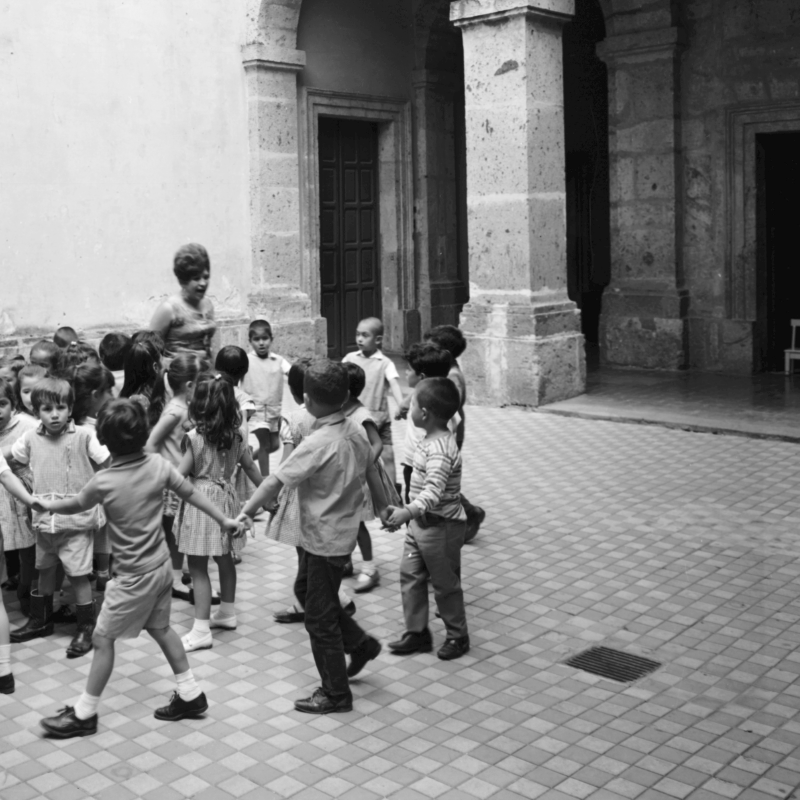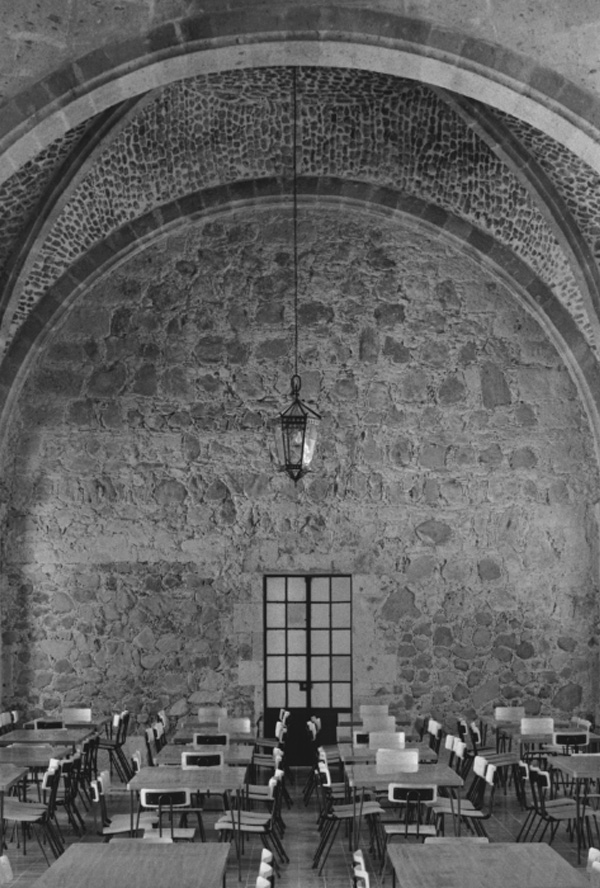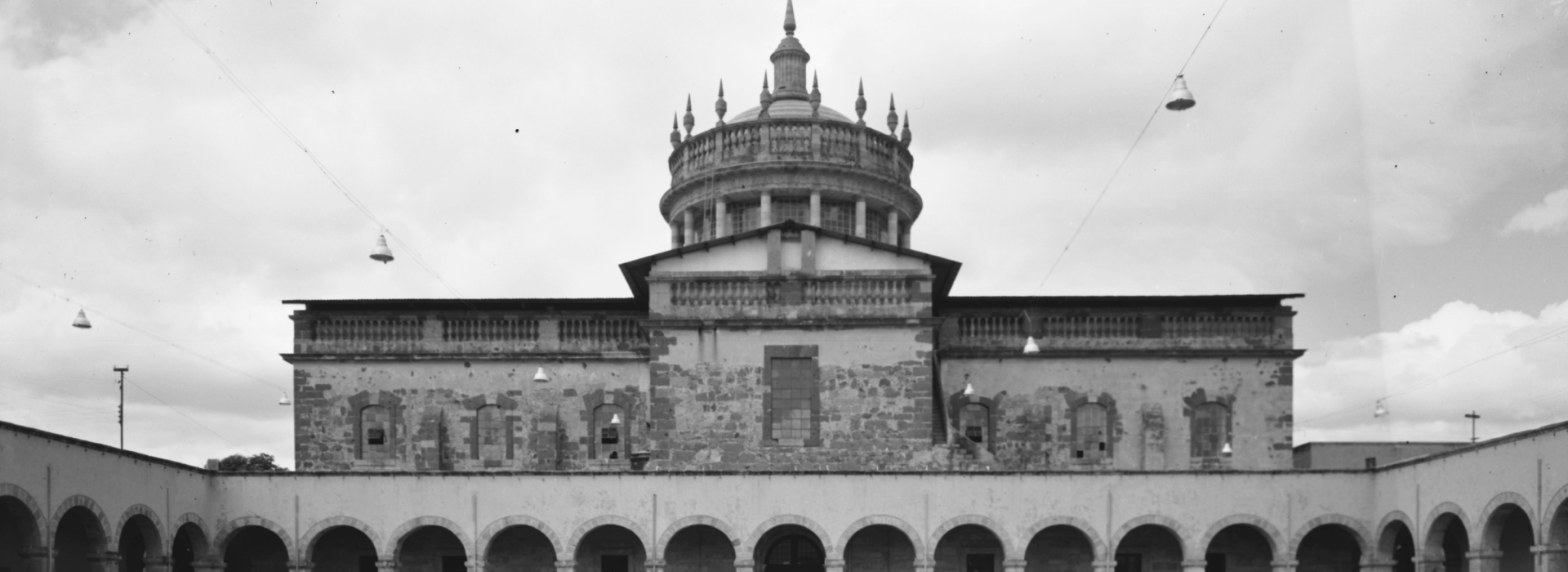MUSEO CABAÑAS

El Museo Cabañas, cuya sede es el Hospicio Cabañas, debe su nombre al obispo Juan Cruz Ruiz de Cabañas y Crespo, quien llegó a México en 1796 y tuvo como propósito la construcción de un albergue para niños huérfanos, ancianos y desamparados. El obispo Cabañas solicitó al arquitecto valenciano Manuel Tolsá el diseño de este importante proyecto y, a su vez, Tolsá encargó la ejecución de la obra a su alumno José Gutiérrez.
Por su arquitectura de estilo neoclásico, el Hospicio Cabañas es uno de los edificios más significativos y emblemáticos de Jalisco y México.
En él se han registrado los sucesos políticos y sociales más importantes de los siglos XIX y XX.
Desde 1980, el Museo Cabañas presenta exposiciones de gran importancia a nivel nacional e internacional, tanto de artistas locales como nacionales y extranjeros. En su oferta educativa ofrece charlas, conferencias, talleres y mesas de diálogo dirigidos a todo público.
El edificio
En 1810 el edificio abrió sus puertas como “Casa de la Caridad y la Misericordia”. Es de planta simétrica, dividido por la cruz de su capilla mayor, y es considerado una de las muestras más importantes de la arquitectura neoclásica en el país. Su fachada se distingue por un frontón liso sostenido por seis columnas dóricas. En segundo plano, destaca la cúpula de la capilla mayor sostenida por dos círculos concéntricos de columnas dóricas y jónicas.
En su interior se encuentran 23 patios de distintos tamaños bordeados por largos y frescos pasillos, cubiertos y delimitados por arcos y pilares de estilo toscano. Al fondo del edificio destaca una segunda capilla de mayor sobriedad que la primera que fue utilizada como refectorio del Hospicio y bautizada “Tolsá” en honor al arquitecto español.
En el devenir de los tiempos ha sido desde orfanatorio hasta cuartel durante la Guerra de Independencia, teniendo su época de oro de 1859 a 1874 cuando su administración recayó en las Hermanas de la Caridad, ya que ellas consolidaron el proyecto llamado “Hospicio” iniciado por el obispo Cabañas y continuaron con las labores asistenciales.
En 1912 la escuela de niños y niñas del Hospicio comenzó a ser administrada por la Dirección de Educación del Estado de Jalisco. En 1937, por invitación del Gobierno del Estado de Jalisco, el artista José Clemente Orozco comenzó a pintar el interior de la capilla mayor.
Los 57 vibrantes frescos fueron realizados por el artista entre 1937 y 1939, y tienen como figura central en la cúpula abovedada al Hombre de fuego, hoy considerada por los críticos la obra maestra del muralista jalisciense.
Por decreto gubernamental, en 1980 el Hospicio Cabañas cambió de vocación, fue intervenido para convertirlo en un espacio dedicado a la difusión de las artes y abrió sus puertas oficialmente en 1983.
Por su belleza arquitectónica e importancia histórica y cultural, el edificio fue declarado Patrimonio Mundial por la UNESCO en 1997.

Visítanos en
Calle Cabañas No. 8. Colonia Las Fresas. Plaza Tapatía. CP 44360. Guadalajara, Jalisco.
Horario: martes a domingo de 10:00 am a 17:00 horas.
+52 33 3668 16 42 Ext. 31014
+52 33 3668 16 45
Membresías
Con el Programa de Membresías del Museo Cabañas tendrás oportunidad de visitar el lugar #dondeviveorozco cuantas veces lo desees durante todo el año.


